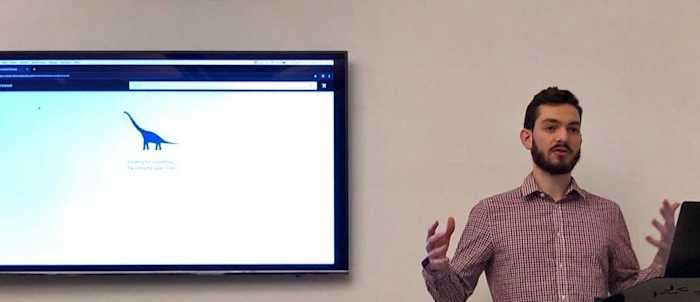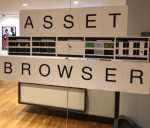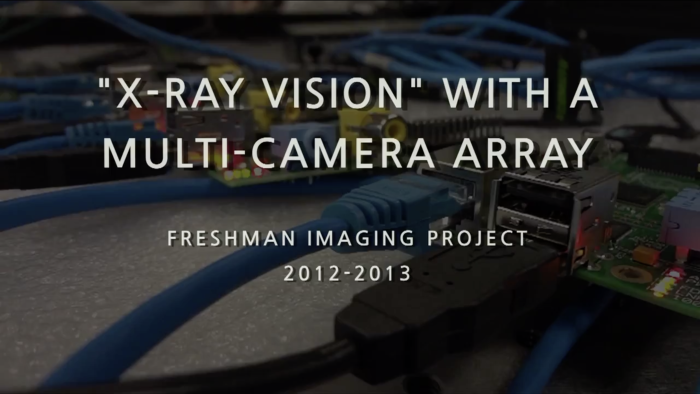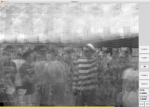Ben Zenker
Product
Work that results in the creation of a physical or digital product.
Product
From Wiggle Animate
Wiggle Animate is part of a larger body of work that I've branded as a suite of purpose-built tools that are simple in their feature-set but powerful in what they create. I call these the Wiggle Tools.
Why did I feel compelled to build this suite of tools?
I love digital graphics. I spent at least a decade producing/editing videos. My unique degree mixes TV/Film, Technology, and Imaging Science. I worked in Visual Effects, developing plugins & scripts for a handful of media industry tools. I get excited reading about video codecs. I'm genuinely passionate about building great creative tools.
Product
From Asset Browser
From above: Presenting during our company-wide launch of the Asset Browser.
On Tuesday, March 12th, I presented the Asset Browser to the NYC employees of The Molecule VFX. Later that week, I recorded a launch/tutorial video and distributed it to our LA office. It was a long-awaited product, having been discussed for many years, and in development for about 6 months.
The technology is very simple at a high-level: Given a collection of metadata & thumbnails, provide a searchable database with an intuitive interface. A challenge many before us have solved, but when tailored to the visual effects world, takes on a new shape with new questions to be answered.
The majority of my development time was spent on the first part of the sentence above: building a collection of metadata, thumbnails, and low-resolution preview videos. The Molecule's collection of assets is massive, relatively unorganized, and was built throughout the company's life (founded in 2005). This was the larger technical challenge, and yet our solution was no less elegant than the web tool that most individuals see and use.
I imagine that The Molecule is not alone in the shape and size of their asset library. This opens an opportunity for us to sell or license the software. Both the information gathering tool and the search web app would be valuable to other small-mid size companies who want a solution that is cheaper and more custom than existing cloud-based tools.

Product
From Broadcast Drone
The goal of this project was to develop a drone that will intelligently work alongside a single broadcast reporter and accurately frame, shoot, and broadcast a live signal to a variety of media formats, all without a drone pilot.
Due to various obstacles we encountered over our research, FlyCast is still very much a proof of concept and may require more time for the hardware, software, legal, and public acceptance of drones before the system could replace a professional broadcast crew for everyday reporting.
The project page here on my website does a great job of explaining this product, but we also wrote a technical paper that goes into detail on our research and product building process.
An excerpt from our introduction
The best solution is to either get more professional and dynamic broadcast equipment to the masses or make the modern professional broadcast journalist more portable than ever.
Product
From Multi-Camera Array
The Freshman Imaging Project is a class that invites the Imaging Science and Motion Picture Science first-year students to collaboratively work on a year-long project that presents a real-world imaging problem in a student-driven work environment. Our class was tasked with the challenge of planning, designing, and building a multi-camera array system that would see through occlusions with the synthetic aperture effect. This course allowed us to grow in ways that a conventional lecture-based class could never have achieved.
When this project began, our Product Owner was the Director of Security at a local airport. Our product vision was to build a system to be used in catching airport baggage carousel thieves within a crowded atmosphere, which is data that a traditional camera would struggle to capture. This entire system was displayed and demonstrated at RIT’s annual innovation and creativity festival: Imagine RIT.
To understand more about this class and how it operated, watch this youtube video.

